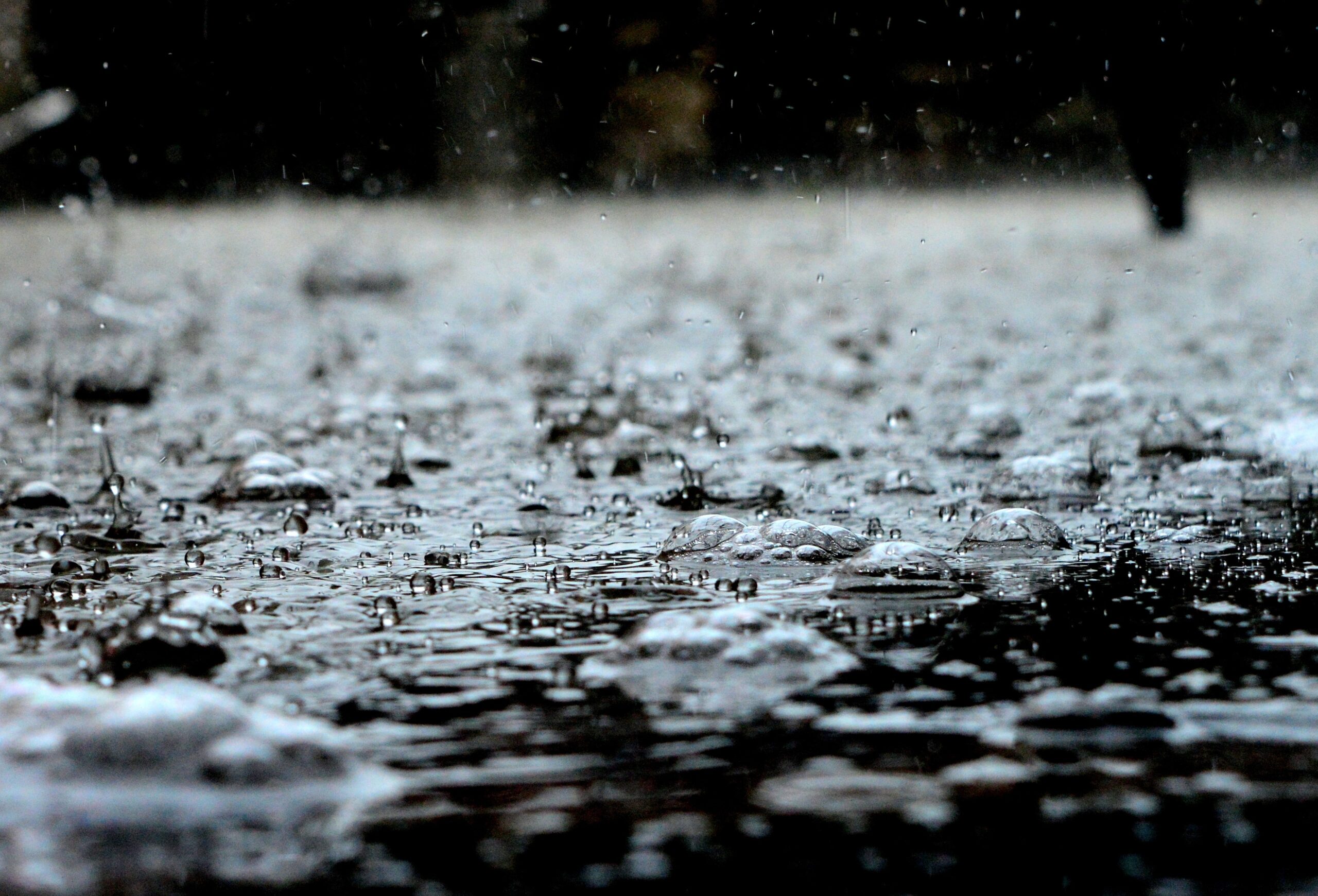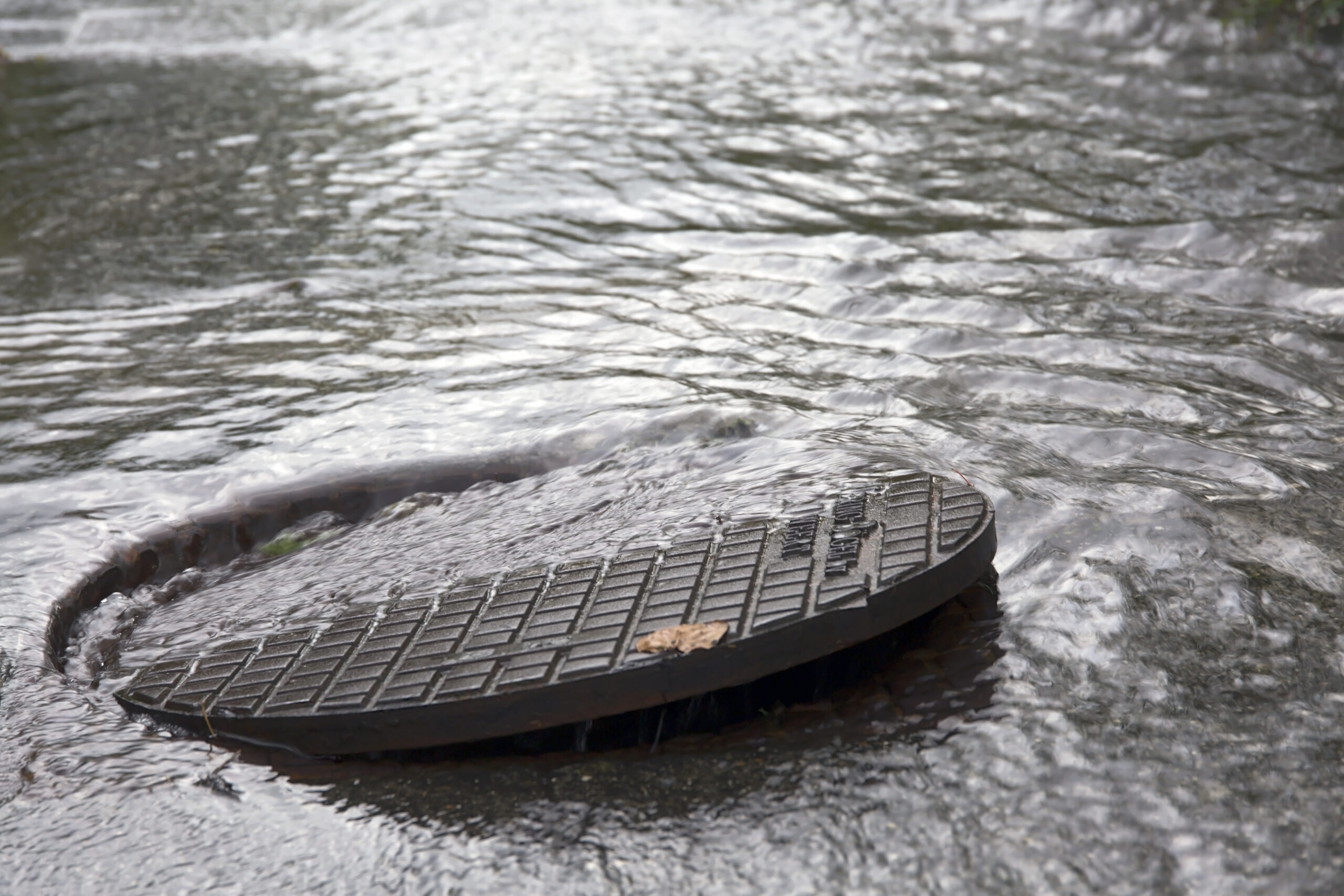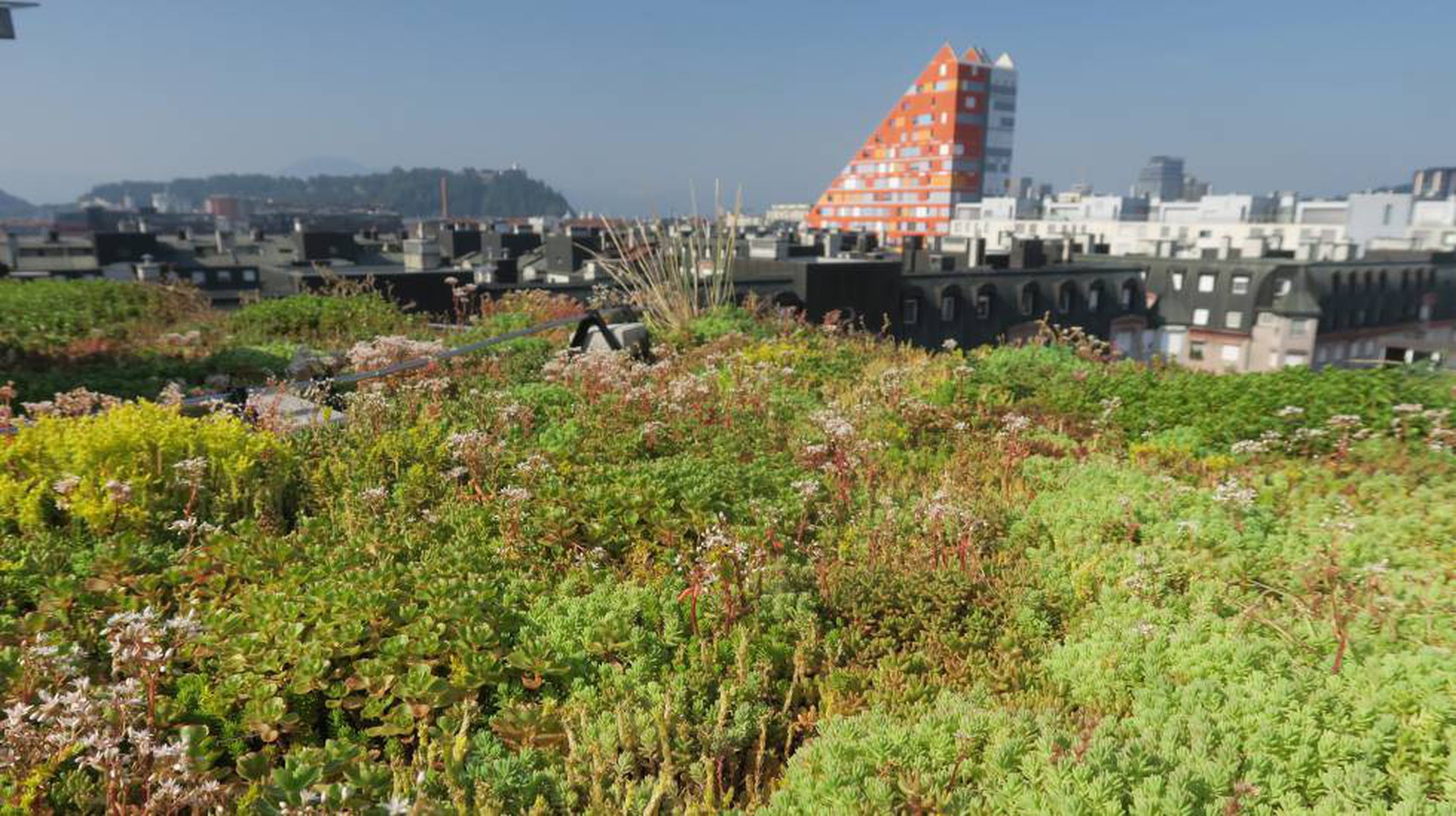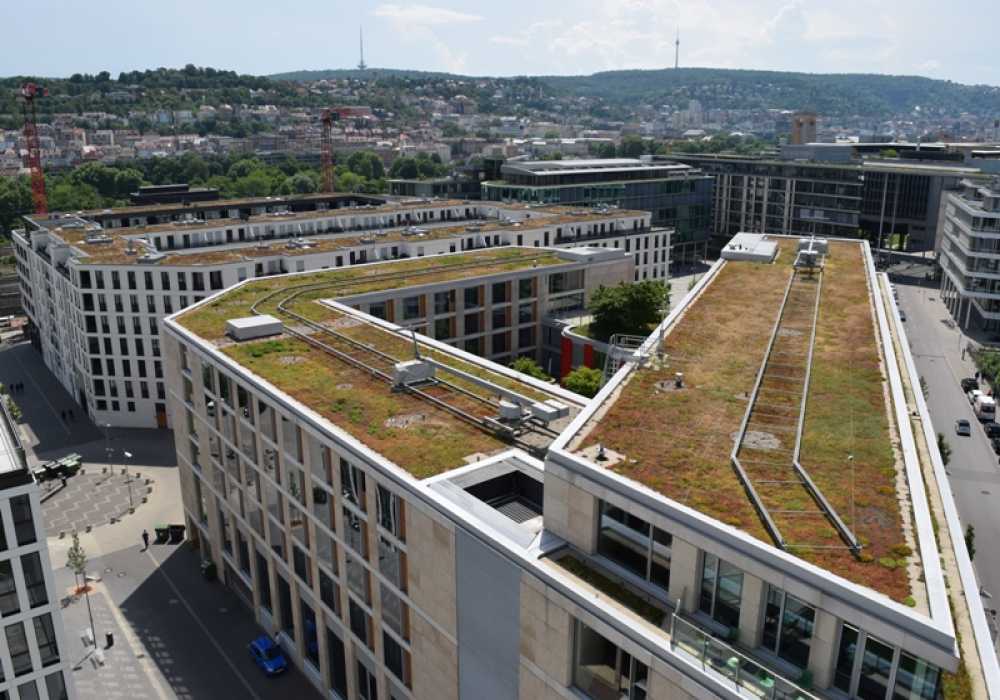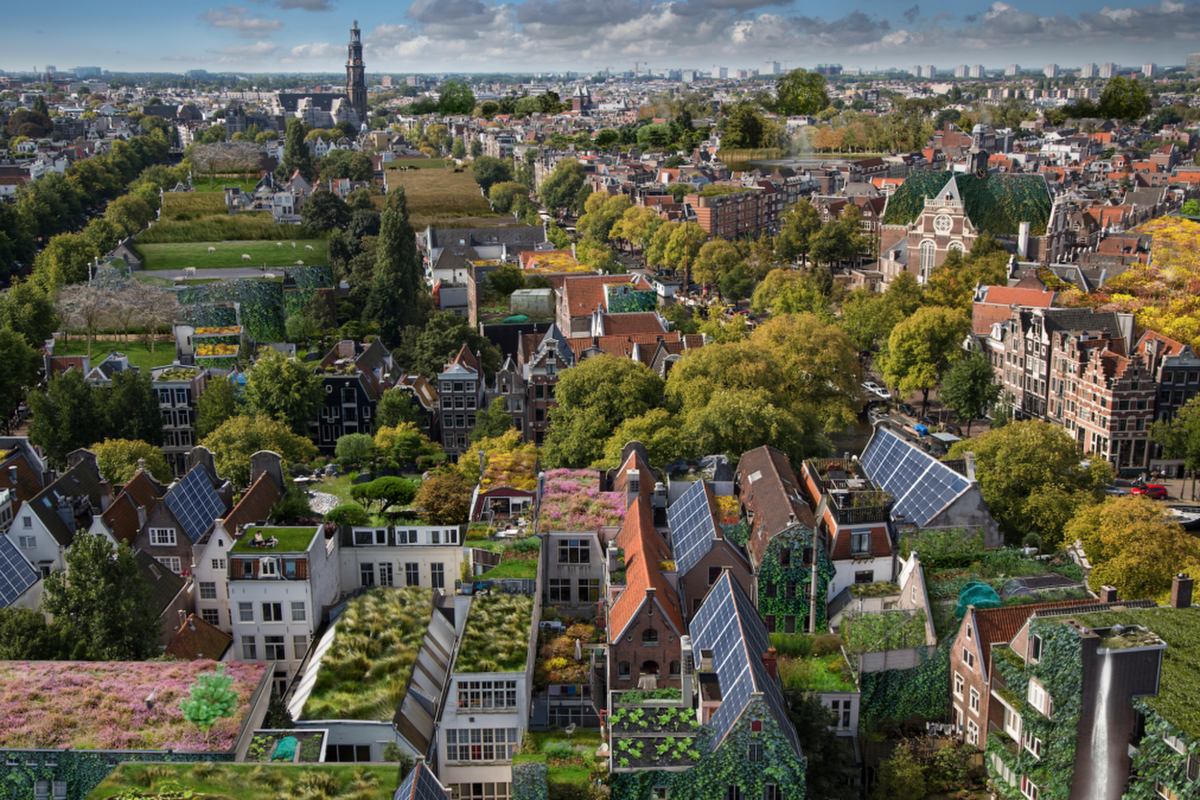
Renaturing our cities for climate action and citizens’ wellbeing – Open letter to the EU Commission
Boosting the uptake of green infrastructure through new EU rules on buildings’ energy performance can lead the way for decarbonised, healthier and more biodiverse buildings


